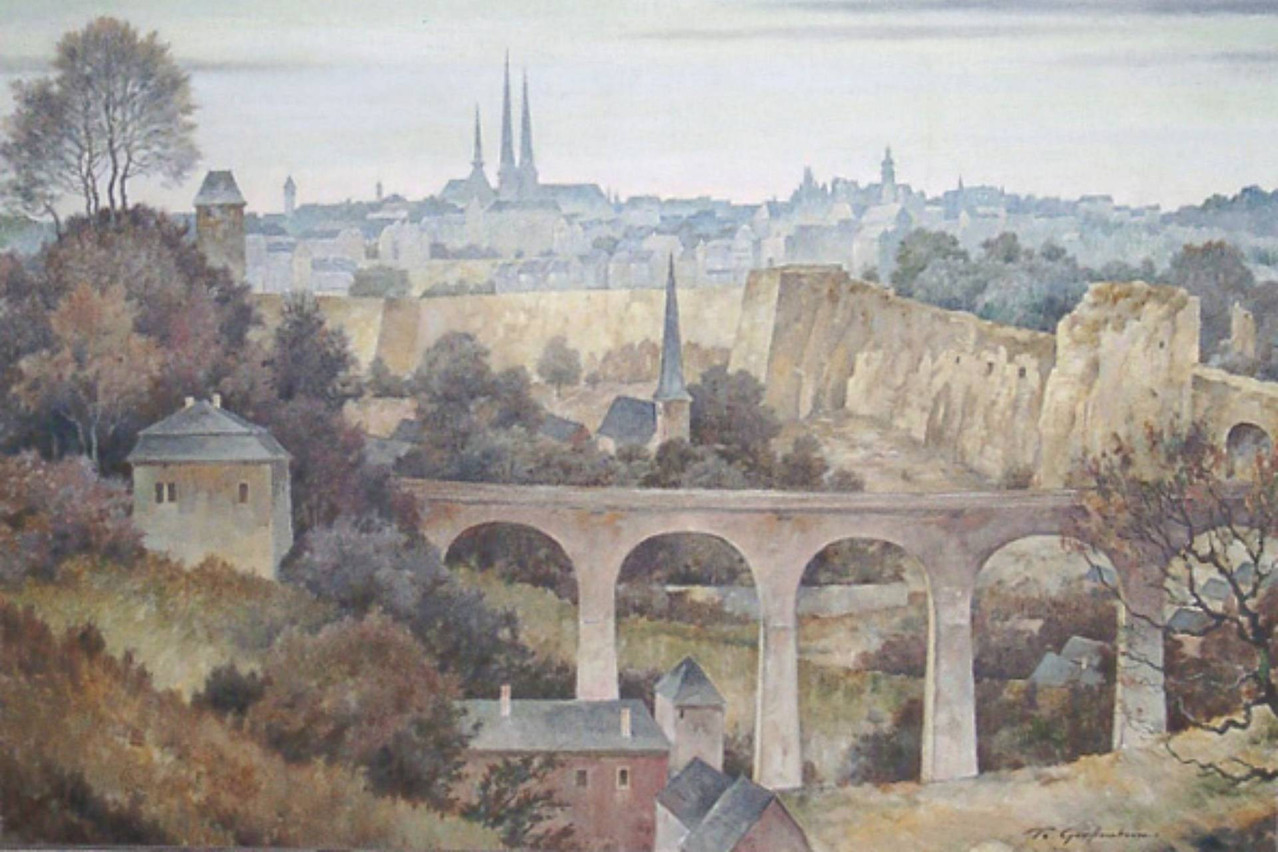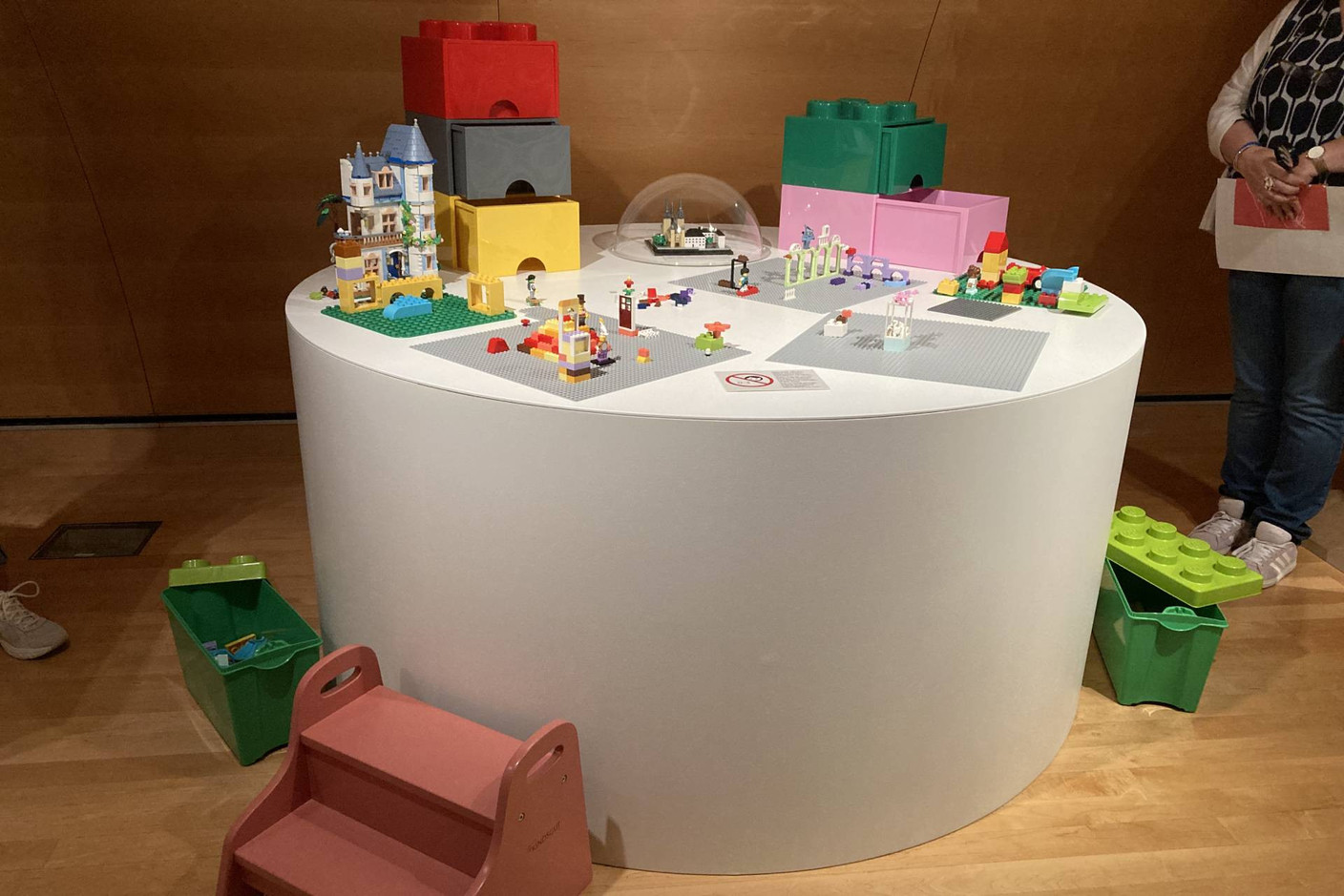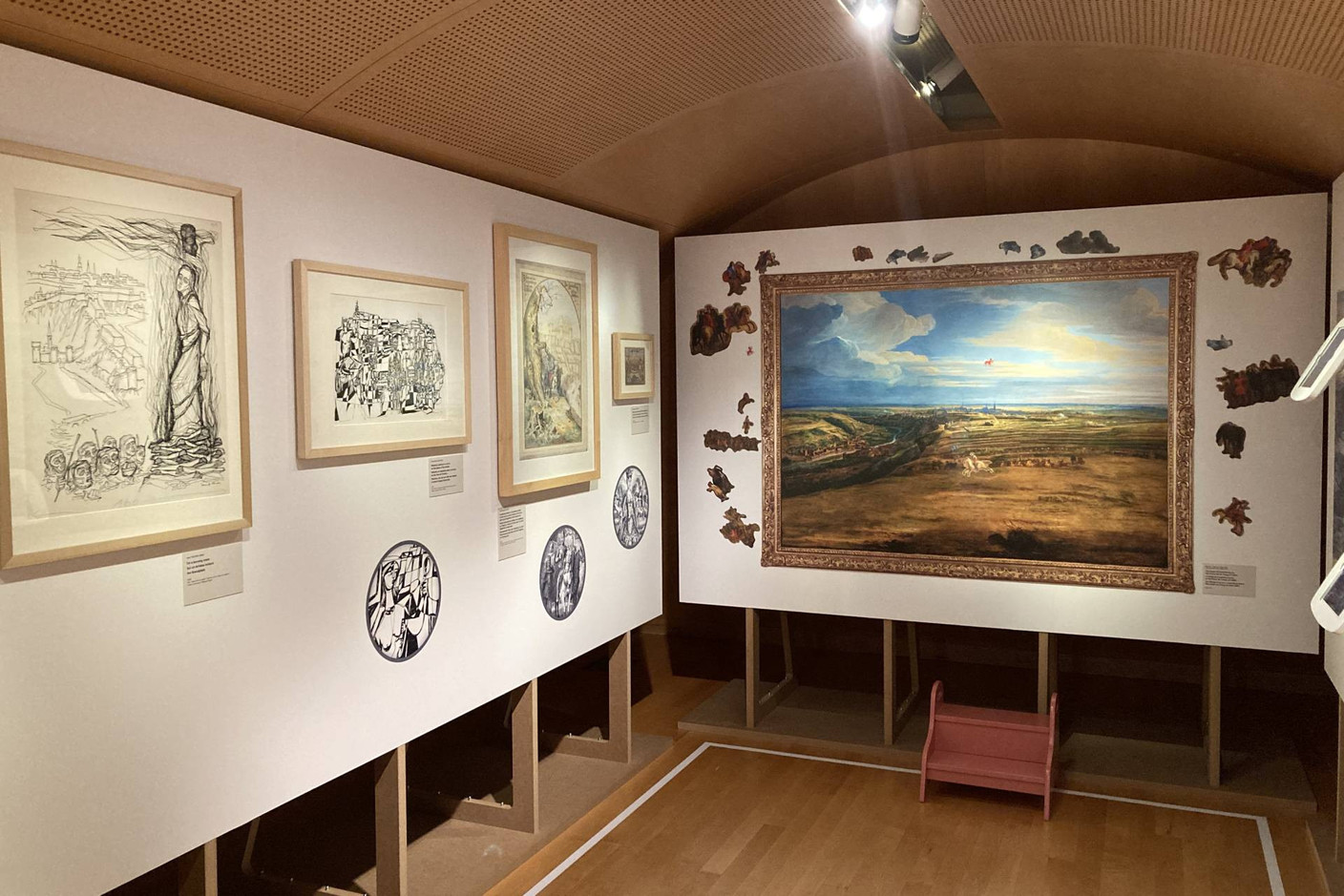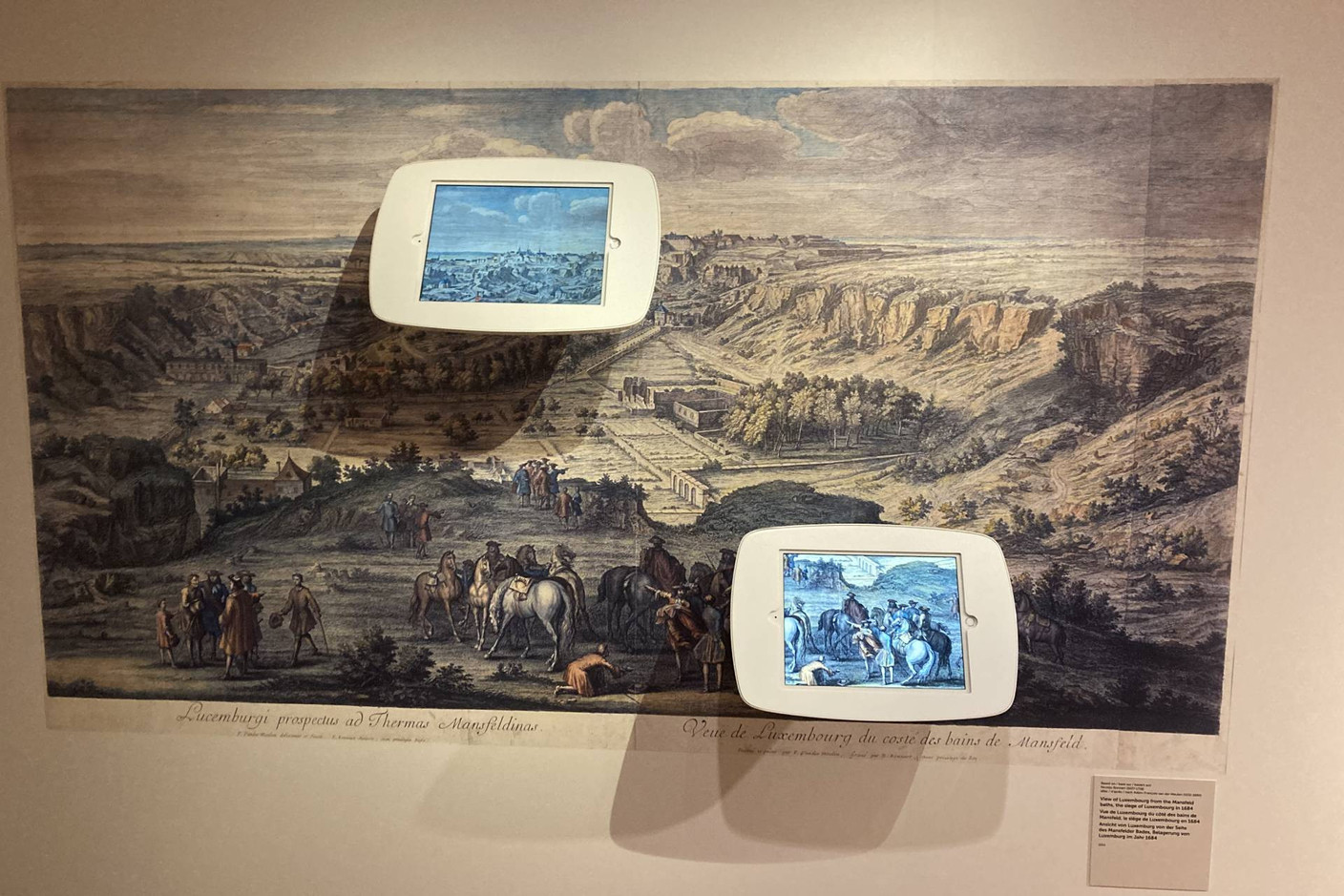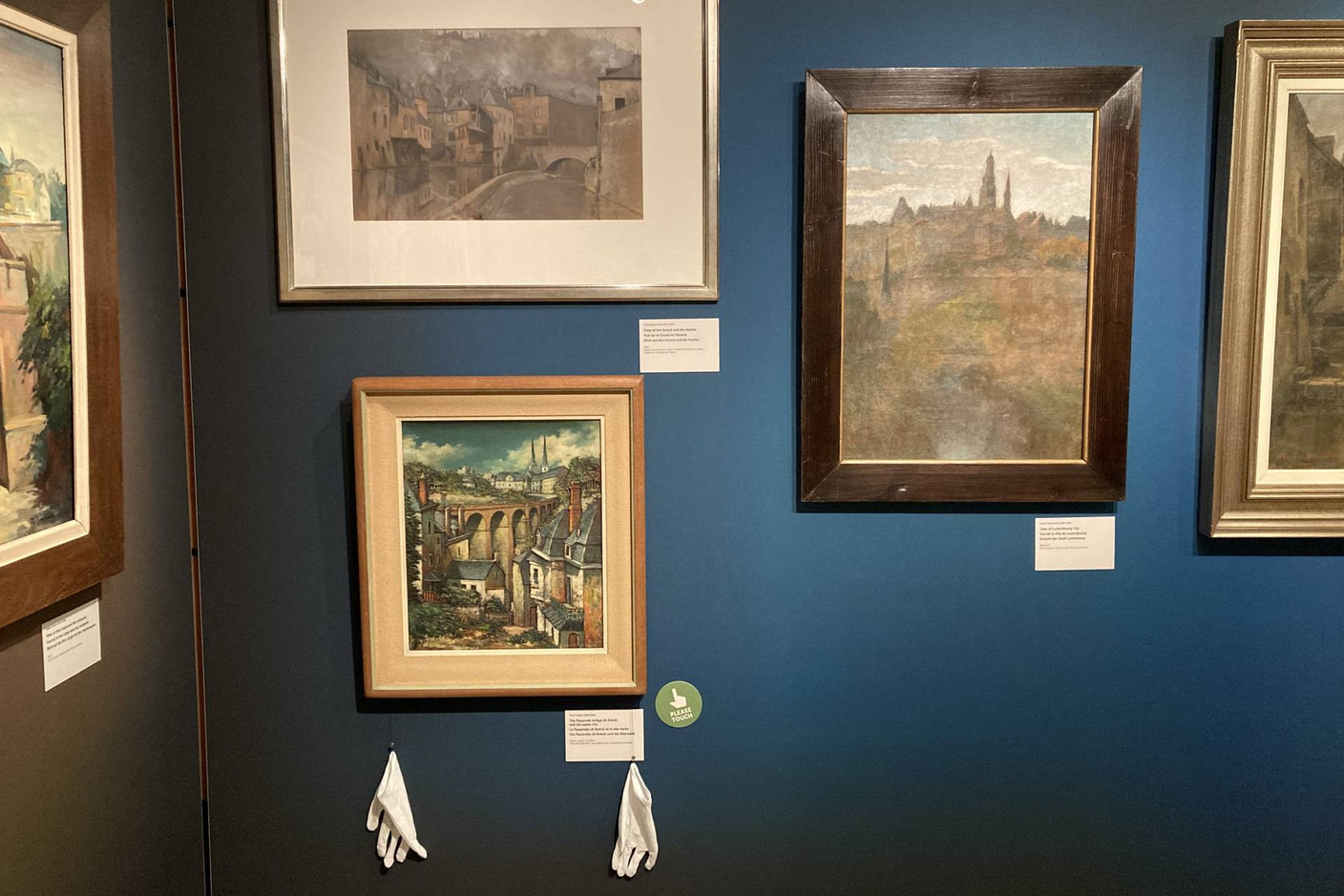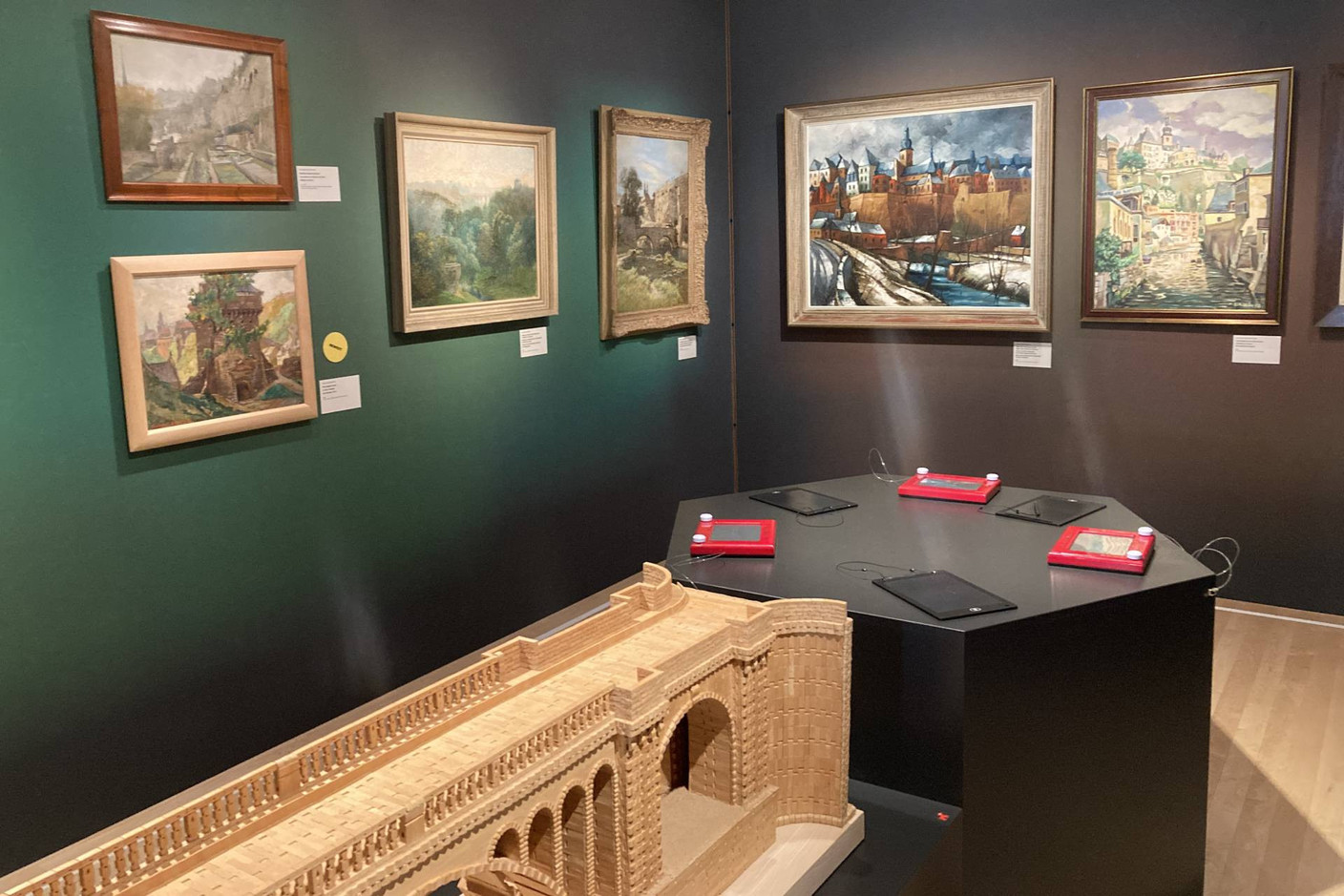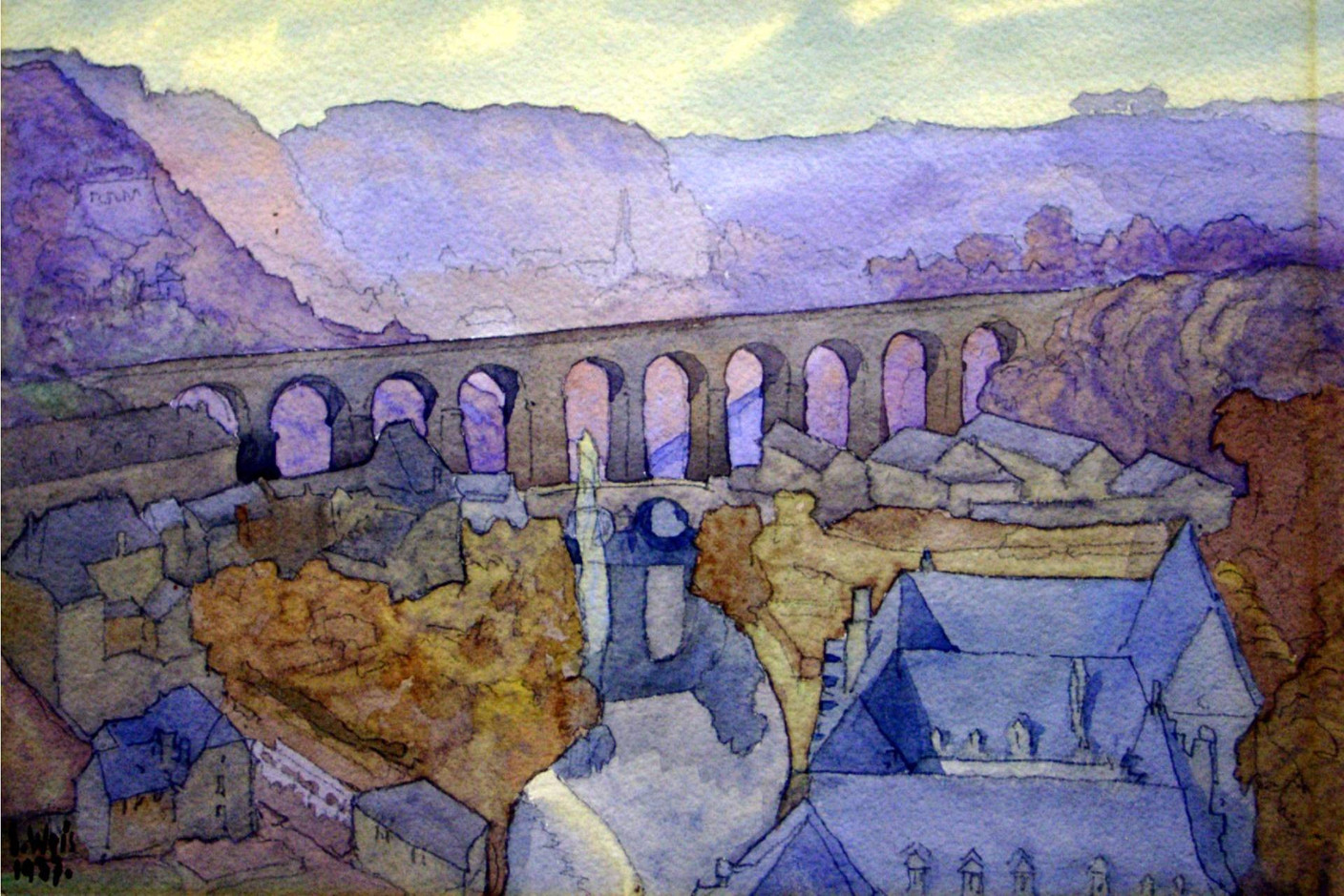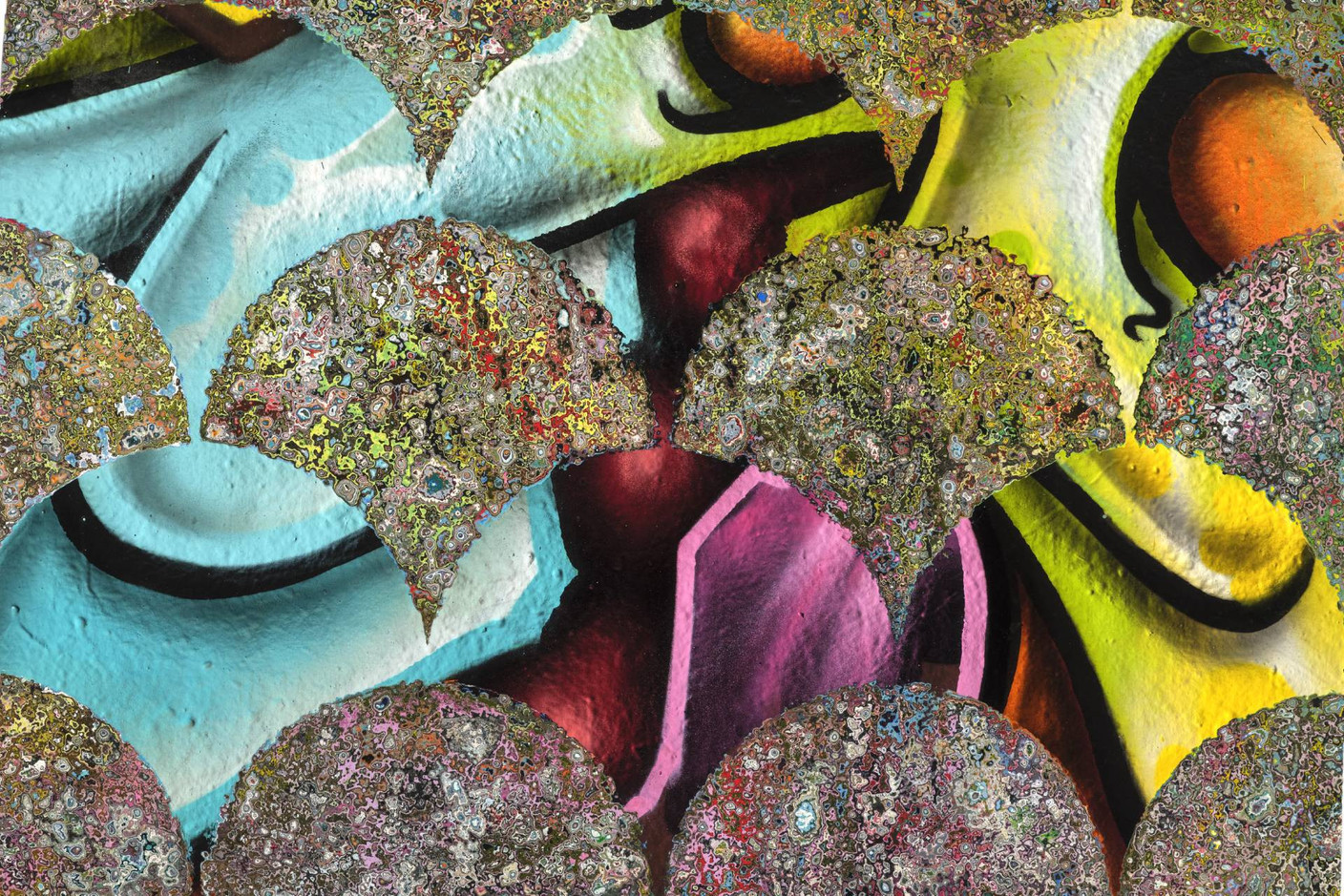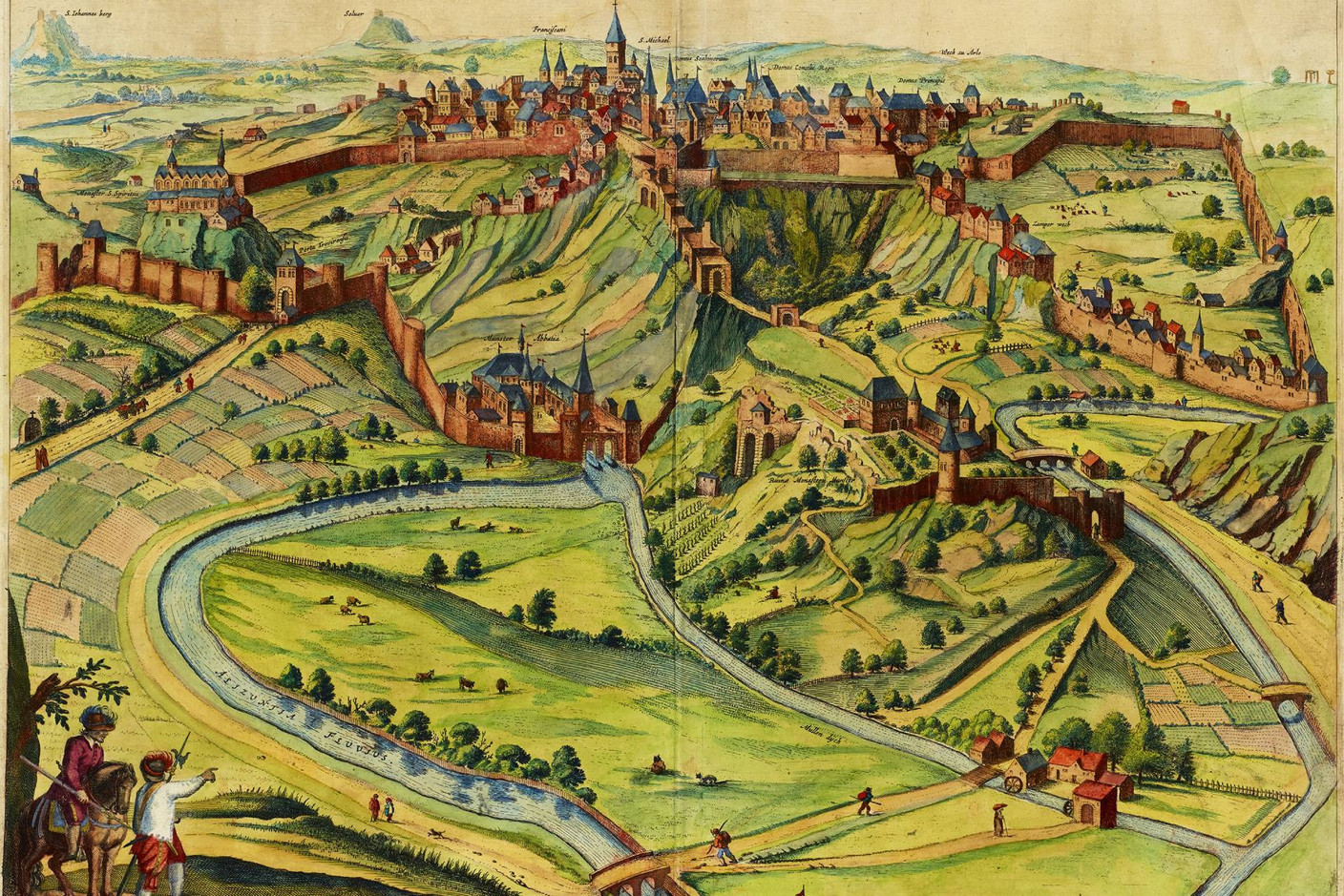“City Visions” is an exhibition based on a selection of panoramas and profiles of Luxembourg that the Lëtzebuerg City Museum holds in large numbers within its collections. This classic genre has existed for most European cities since the 15th century, and Luxembourg and its fortress have been depicted on numerous occasions since the 16th century. So at first glance, there’s nothing very exciting when the museum announces this type of project.
But that’s without counting on the museum’s dynamic young team, who are taking advantage of such an opportunity to push curatorial experiments and visitor involvement and participation a notch further.
“With ‘Best of Posters,’ we had already initiated an initial project that shook up the classic exhibition codes and gave visitors a great deal of scope for expression. With ‘City Visions,’ we’re going even further,” explains curator Anne Hoffmann. “The exhibition was conceived with the whole team, not just the curator. As a curator, it’s not easy, because you have to accept that the project is somewhat beyond your control. But it’s very interesting to see what comes out of it and all the experiments you can put in place.”
Read also
Artworks, but also Lego, 3D animations, stamps....
To design “City Visions,” the team immersed themselves fully in the representations of Luxembourg. “In no way did we want to create an exhaustive exhibition, but to take advantage of this opportunity to create an experience with visitors, a participative interaction,” adds Antoine Lazzari, deputy curator. “We designed the tour to be inclusive, for all audiences, from the youngest to the oldest.”
The introductory panel also features a number of pictograms that can be seen as a playful guide to discovering the exhibition, as equipped with a magnifying glass that is made available at the entrance. “For example, we’ve hidden several representations of Mils--our little mascot dog--in the works, which children are invited to discover as they go along,” enthuses Hoffmann, who has lost none of her childlike spirit. “Other pictograms indicate that some of the objects on display are designed to be touched, or that there are areas for drawing or even playing within the exhibition. Our aim is to be as inclusive as possible. And by inclusive we mean targeting a very young audience, offering them play stations or works hung at their height, but also more seating for the elderly or those with difficulty moving around, three-dimensional representations that can be used by the visually impaired, but not only.…”
The decision was also taken to place very few explanatory texts on the walls of the route. On the other hand, there are QR codes near the introductory panels for each section, which can be used to access highly detailed information via a smartphone. In this way, all visitors are satisfied: those who just want to get through the exhibition without having to read everything, and those who want to discover the thousand and one pieces of information linked to the works on display.
“We also wanted to integrate educational stations within the rooms themselves. Here, the educational programme is an integral part of the tour,” says Kyra Thielen from the education department. Children will therefore be able to experiment with building their own city using Lego, place characters on a magnetised landscape or even compose their own panorama of the city using stamps devised by Charl Vinz.
From the Middle Ages to today’s graffiti
The tour goes from the oldest to the most contemporary works and even beyond, closing with a projection of what the city could look like in 2050.
Visitors first discover 16th and 17th century works, reproductions of Luxembourg in fairly small format and with extremely rich design. But you can’t discover all this iconographic wealth without really devoting sustained attention to it. So, to make things easier for visitors, the museum team asked Lycée Ermesinde animation students to make a short Netflix-style film based on this work. Suddenly--and without altering the original image--a little dog crosses the landscape, peasants dig their fields or a flock of birds flies over the fortress. The representation comes to life and makes us want to go and take a close look at the original work and let our gaze plunge inside this landscape so rich in detail and little stories.
Then the tour unfolds, exploring the theme of the fortress--with a focus on Jean-Baptiste Fresez, bridges and viaducts, moving on to an interactive room based on Sosthène Weis's famous watercolour landscapes, and ending with the presence of nature in the city and contemporary works that tell a different story of the city.
The display itself is also modular: the works will be rotated, with the aim of encouraging visitors to return several times to visit this exhibition, which will last for a total of eight months.
“City Visions,” on display until 17 January 2026 at the Lëtzebuerg City Museum.
This article was originally published in .
